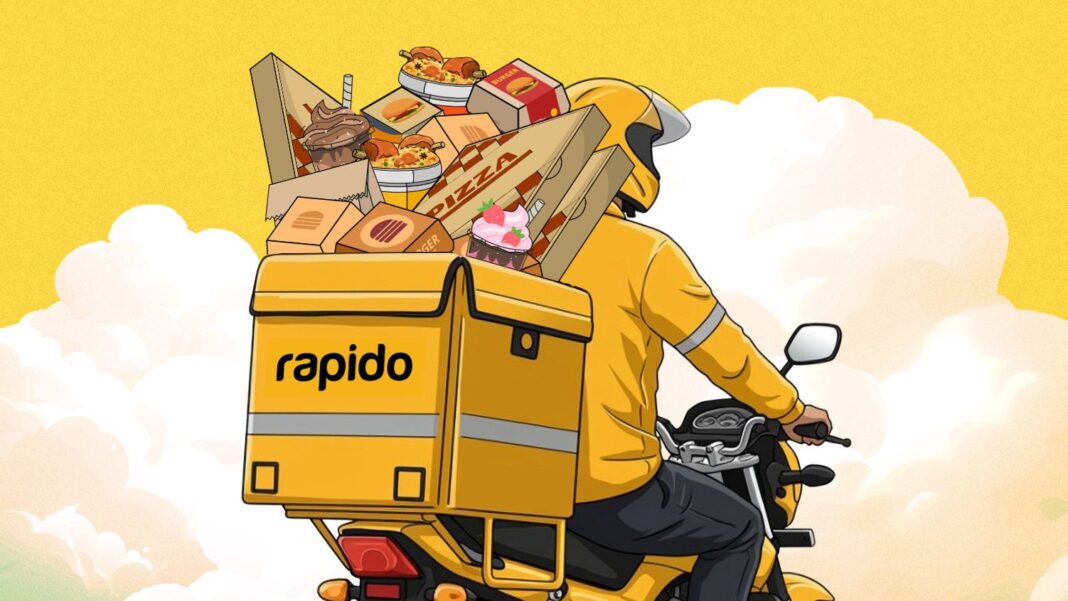India’s leading food-and-grocery delivery platform, Swiggy, has recorded a 109% increase in losses in the first half of fiscal year 2026. Its reported adjusted operating loss stood at approximately US $178 million for H1 FY26 according to its backer Prosus.
The dramatic increase in losses underscores the tension between rapid growth ambitions and profitability pressures.
What’s Driving the Losses?
Quick-commerce investment boom
Swiggy’s core food-delivery business is healthy, but the sharp increase in losses is largely attributed to aggressive investment and expansion in its “quick-commerce” segment (rapid delivery of groceries and essentials). Prosus points out that spending here has soared, significantly impacting margins.
Scale versus efficiency trade-off
While revenue is growing strongly (for instance, Q1 revenue rose about 54% year-on-year). The rapid scaling of operations, particularly in new formats, has meant higher costs for logistics, fulfilment centres, and marketing/discounting.
Swiggy’s losses in Q2 (three months ended September 30, 2025) were reported at roughly ₹10.92 billion ($124.24 million).
Implications for Swiggy and the Market
- Growth remains intact, but profitability is under pressure. For investors and the company, the big question is how fast Swiggy can transition from growth-heavy to profit-oriented.
- Competitive intensity remains high: The quick-commerce market in India is extremely competitive, with multiple players investing heavily. This means unit economics may take longer to improve.
- Cost discipline will matter: To stabilise losses, Swiggy will need to improve average order value, reduce delivery/fulfilment costs, optimise warehouse and supply-chain logistics, and reduce discounts/incentives.
- Investor sentiment: A loss-jump of 109% may cause concern among shareholders and future capital-raisers, especially if there isn’t a clear path to improving margins.
What to Watch Going Forward
- Q3 and H2 performance: Will Swiggy’s loss curve begin to flatten? Will the company provide guidance on path to break-even or narrower losses?
- Quick-commerce unit economics: How much of the losses are structural (due to market expansion) versus operational inefficiencies?
- Food-delivery business health: Is the core food business profitable or near-profitable? Swiggy needs that stable base.
- Competitive response: How will other players respond in quick-commerce and food-delivery (discounts, expansion, consolidation)?
- Capital requirements: With rising losses, how much more funding will Swiggy require and on what terms?
Final Thoughts
The “Swiggy losses” story emphasises a familiar narrative in high-growth tech platforms: scaling fast, gaining market share, but burning cash en route to sustainable profitability. A 109% increase in losses to roughly US $178 million for H1 FY26 is a stark reminder that expansion comes at a cost. For Swiggy, the key challenge now will be demonstrating a credible path from growth to profit — or at least to a significantly lower rate of cash burn.



